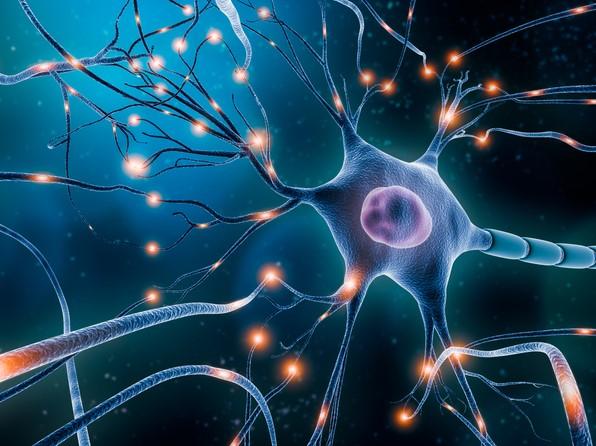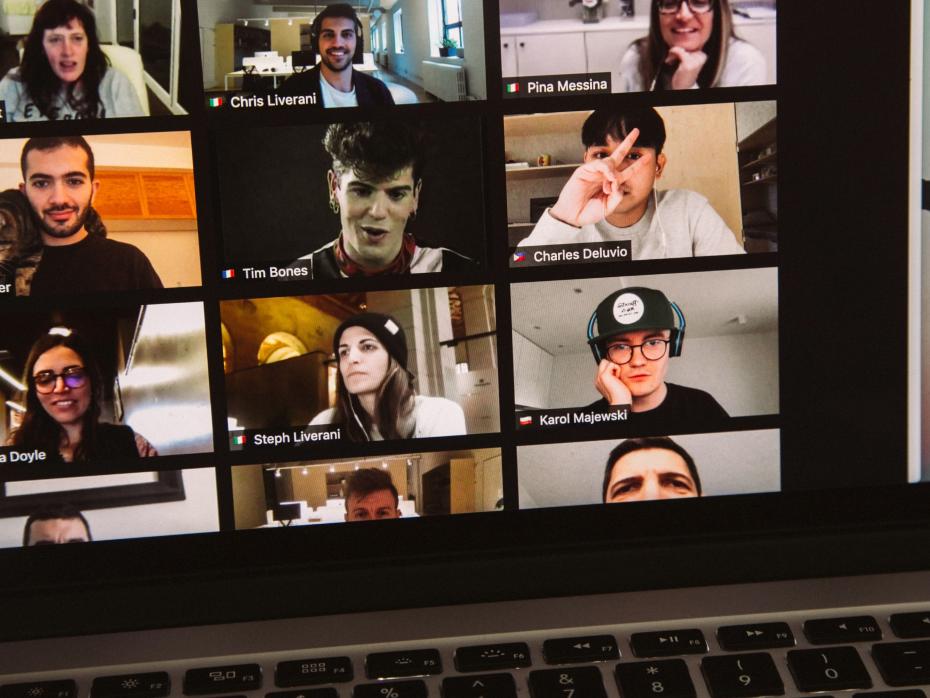
Five ways to use neuroeducation to improve student learning
Understanding what happens in the brain when it learns can help teachers plan their lessons, attitudes and words for maximum learning impact
Education today faces numerous challenges, many of which require innovation to update and, sometimes, move on from traditional teaching processes such as expository classes and exercises that fail to trigger metacognitive processes in students. This is a space in which neuroeducation can be combined with teaching practice to help create positive cognitive structures in students’ brains and to help improve the teaching and learning process.
Neuroeducation’s key task is working out what happens in the brain when it learns and, thus, how to best stimulate its development in educational environments. Neuroeducation can be useful when thinking about how to turn teaching and learning processes into something innovative, creative, critical and proactive (active learning). This, in turn, should awaken students’ curiosity, increase their attention levels and intensify their creative, executive and emotional development (promotion of metacognitive processes).
- Tips from students on how to film videos that keep them engaged
- Asynchronous pedagogy to improve student engagement
- Diagnostic, formative or summative? A guide to assessing your class
If a teacher can achieve this, it can spur students towards becoming autonomous, independent and self-regulated – both within and outside learning spaces. Here, I present five recommendations that should be useful when trying to incorporate the above into your practice.
Link experience to emotions
Neuroeducation tells us that learning takes place when experience is linked to emotions. So make use of strategies that promote active learning, such as problem-based, project-based and/or cooperative learning. These strategies, in addition to putting the student at the centre of the teaching and learning process, promote “learning by doing”, generating first-hand appropriation of knowledge, which, in turn, triggers positive emotions in the individual such as gratitude, interest, hope and pride, among others.
In short, these types of strategies and emotions facilitate learning while giving memorable experiences to the student; their brains are stimulated and generate neural connections and long-term (positive) memories in addition to taking advantage of brain plasticity that will allow them to apply the knowledge acquired at different times and in different contexts, both professional and personal. Some educational technologies that can be used to enrich this type of learning experience are simulators (virtual and live action), collaborative work tools (Google suite), extended realities and more.
Teach using anecdotes and other conversational signposts
We have learned from neuroeducation that starting a didactic sequence with something provocative helps to motivate students and to contextualise the teaching and learning process. That provocative something could be a phrase, an image, a reflection or just an interesting problem that affects and connects with the lives of your students.
Choose strategies based on student interests and context, which will allow you to trigger reflective conversations and analysis. Some of the strategies that can be useful for this are the use of metaphors, analogies and trigger questions that serve as a gateway for discussion and thus help students to acquire knowledge through the generation of their own conclusions rather than relying on learned or pre-conceptualised knowledge.
Stimulate creativity to reduce tension and improve concentration
Neuroeducation shows that stimulating creativity through artistic activities helps to reduce feelings of internal tension and to improve students’ concentration and, therefore, learning. To achieve this, there are a couple of particularly useful strategies, namely role-playing and simulations. These strategies invite the student to place themself in a fictitious but at the same time real environment where they can experience how to be, how to do and how to be in someone else’s shoes (thus promoting active learning and placing the student at the centre of the teaching and learning process).
Students should be encouraged to express their feelings creatively through a dialogue, musical melody, dance or other type of performance. This will help you to understand the student’s learning and metacognitive processes and how they might achieve both disciplinary and transversal competencies. Some technologies that can be used to enrich this type of learning are virtual worlds where you can generate avatars to put students in the shoes of their favourite character or a custom-made character; you could also create a gamified scenario where the student plays a specific role.
Encourage exercise to impact brain plasticity and aid learning
Neuroeducation tells us that doing physical exercise and/or brain gymnastics helps to keep the body in balance with the mind, which, in turn, makes the brain function better. So mental challenges, physical challenges or both can be implemented at the beginning of a class or other work session, which will help the generation of neurotransmitters such as dopamine, serotonin, acetylcholine and endorphins. These can serve as triggers for concentration as well as agents that help to reduce stress and therefore aid assimilation of knowledge by students. Some challenges/exercises that might work here could be solving a Rubik’s cube, puzzles, meditation, physical or mental stretching routines (such as a word search or sudoku).
Impact brain areas through the inclusion of games
Neuroeducation has shown that when games, fun and social interaction are made part of the teaching and learning process, they foster curiosity, excitement and the pleasure of obtaining rewards in the student. This facilitates changes in the brain, such as the forging of new neural connections, which translate into new learning and cognitive structures.
It is important to mention here that the use of gamification strategies may or may not be accompanied by educational technologies. Some useful activities might be escape rooms (face to face, virtual or online), hangman or Jeopardy. You can also pepper your course with elements of game design in contexts that are not games. For example, awarding badges, awards, anointing supposed “superpowers” to students who have performed to an outstanding level in certain activities. The important thing when including these types of strategies is to ensure that the learning objective is well defined and clearly stated so that the student will be able to appropriate and transform the acquired knowledge.
Conclusion
Neuroeducation can be put into practice to encourage pedagogical innovation, but to achieve this it is necessary to understand the transformation that must take place in the brains of both the teacher and the student. And this transformation must be in the way of seeing things. Teachers need to understand that through their class planning, attitudes, words and emotions, they have a huge influence on the development of their students’ brains and, therefore, on the way they learn.
José Alberto Herrera Bernal is leader of pedagogical design solutions at Monterrey Institute of Technology, Mexico.
If you found this interesting and want advice and insight from academics and university staff delivered direct to your inbox each week, sign up for the THE Campus newsletter.




